Bid Strong, Bid Smart – Try Our Hospital Construction Cost Estimating Service!
- Accurancy
- Efficiency
- Transparency
- Customization
- Time Saving
- Professionalism
- Cost Control
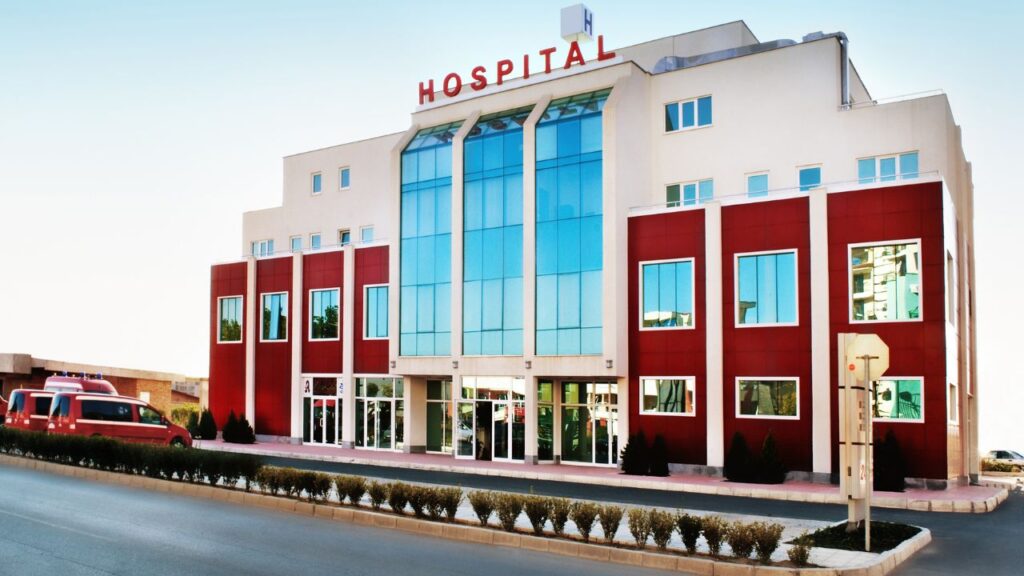
The construction of a hospital involves a myriad of considerations, and within this complex framework, the processes of concrete curing and finishing emerge as pivotal aspects shaping the structural integrity and aesthetics of the healthcare facility. This article delves into the critical importance of concrete curing and finishing in hospital construction, explores the multifaceted factors influencing their costs, and outlines effective strategies for achieving a harmonious balance between uncompromising quality and budget considerations.
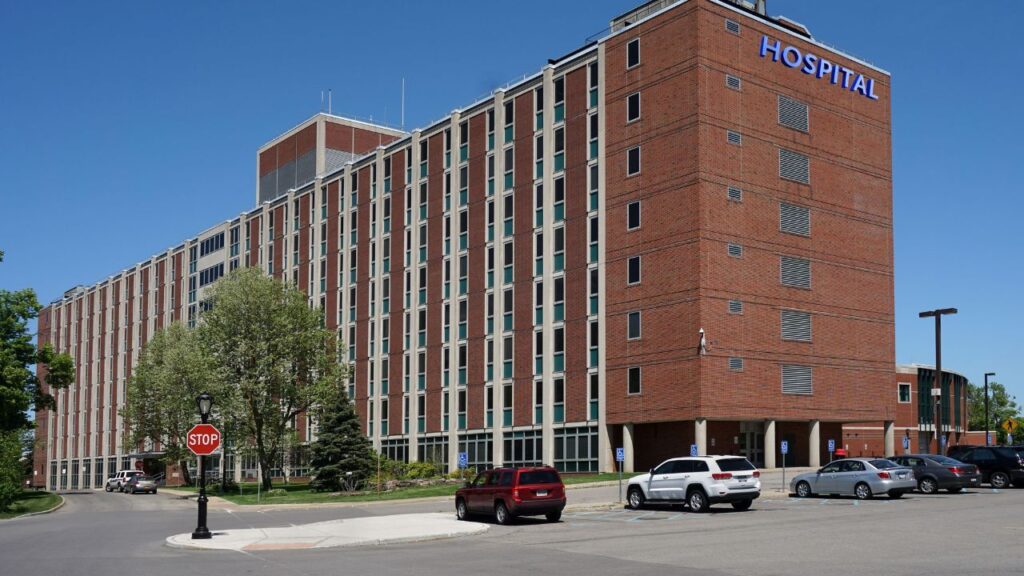
Concrete curing and finishing are foundational to the construction of hospitals, influencing the durability, hygiene, and overall functionality of the structures. In a healthcare setting where cleanliness is paramount, the surfaces must not only withstand the rigors of daily use but also be easily maintainable. Proper curing is essential for the concrete to attain its designed strength, while finishing enhances the appearance, facilitates cleanliness, and contributes to a safe and welcoming environment for patients, staff, and visitors.

Fully Insured License
Hire Contractor For Hospital Construction

Make Informed Design Decisions Showcase Your Design Ideas
Get RenderingThe curing time of concrete plays a pivotal role in the construction process, influencing not only the final strength of the material but also the overall timeline and associated costs. Extended curing times can lead to project delays, disrupting carefully crafted construction schedules and impacting labor costs. Traditional moist curing, while effective, may be time-consuming, necessitating patience in the construction timeline. On the other hand, advanced accelerated curing methods, such as the use of curing compounds or heat curing, offer the potential to reduce curing durations. However, the adoption of accelerated techniques introduces additional considerations, including the need for specialized equipment and materials. Striking the right balance between the duration of curing and the methods employed is a nuanced decision that requires careful consideration of project-specific factors, ultimately influencing the project’s financial dynamics.
The finishes applied to hospital structures are far more than just cosmetic enhancements; they are integral to the functionality, hygiene, and overall aesthetic appeal of the healthcare environment. The complexity of finishes varies widely, from the necessity of smooth, imperfection-free surfaces in sterile areas to decorative finishes in public spaces that contribute to the overall ambiance. The intricacies of finishing extend beyond mere aesthetics, with specialized coatings and treatments often required to enhance durability and ease of maintenance. Each unique finish brings its own set of challenges, impacting costs in terms of labor, materials, and specialized expertise. Careful consideration of the specific requirements of each area within the hospital is essential to strike the right balance between meeting functional needs and managing finishing costs effectively.
Before the final finishes are applied, the concrete surfaces must undergo meticulous preparation. Surface preparation involves a series of critical steps, including cleaning, repairing imperfections, and ensuring proper adhesion of finishing materials. The extent of surface preparation required is influenced by various factors, including the quality of the initial concrete pour and the desired finish. In instances where the concrete pour exhibits imperfections or irregularities, more extensive preparation is necessary, impacting both labor and material costs.
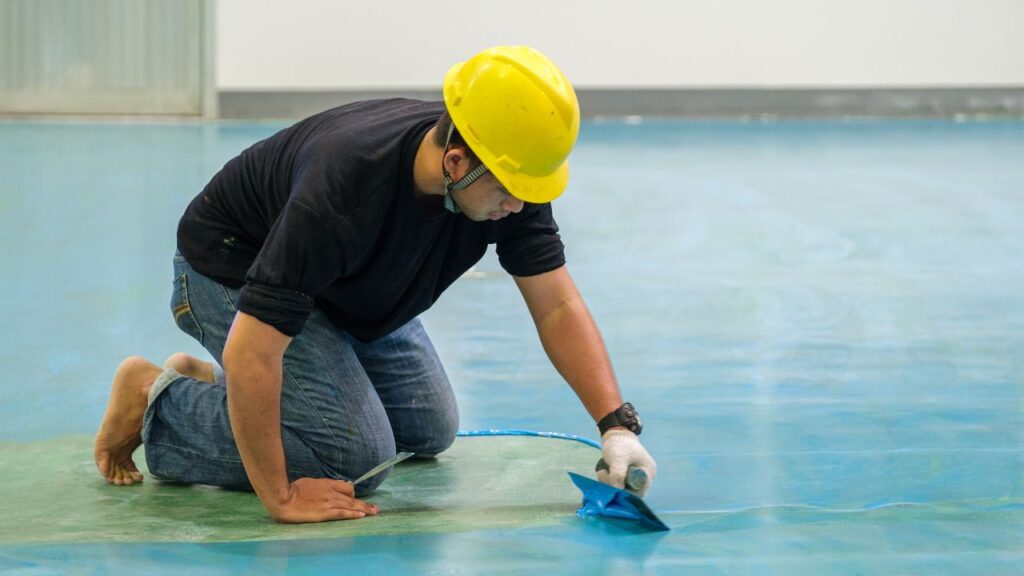
Achieving the desired quality of finishes begins with the groundwork laid during surface preparation, making it a crucial phase in the construction process that requires careful attention to detail and a commitment to achieving high-quality results.
The architectural design of hospitals often transcends the conventional, incorporating unique features that serve both functional and aesthetic purposes. Curved surfaces, intricate patterns, or the integration of specialized architectural elements contribute to the distinctiveness of healthcare structures. While these design elements undoubtedly enhance the overall visual appeal of the hospital, they also pose challenges in terms of curing and finishing. The application of finishes to such architectural features requires a higher level of craftsmanship and attention to detail, often translating to increased labor and material costs. The incorporation of these architectural specifications is a conscious decision that impacts the overall aesthetics of the hospital but also necessitates strategic planning to manage the associated construction costs effectively.
Hospitals, as critical healthcare facilities, are subject to stringent quality and safety standards. Ensuring compliance with these standards is non-negotiable for the safety, functionality, and regulatory approval of the facility. While these measures are crucial for the well-being of patients and the efficacy of healthcare services, they can contribute to increased curing and finishing costs. Compliance often involves additional testing, inspections, and meticulous documentation processes to demonstrate adherence to established standards. While these efforts are an integral part of constructing a safe and functional healthcare environment, they introduce an additional layer of complexity and cost into the curing and finishing phases, underscoring the importance of aligning construction practices with regulatory requirements.
Concrete curing and finishing costs for hospitals can vary based on project-specific factors. On average, the cost may range from $5 to $16 or more per square foot. This estimate encompasses expenses related to labor, curing compounds or accelerators, finishing materials, surface preparation, and any specialized treatments or coatings deemed necessary for meeting healthcare standards.

Efficient curing practices stand as a cornerstone in the quest to manage costs effectively during the construction of hospital buildings. Implementation of such practices involves a spectrum of techniques, from the application of curing compounds to the adoption of advanced curing technologies. These approaches aim to reduce curing time, a critical factor in construction timelines and associated labor costs. Strategic scheduling, where curing activities are coordinated with the overall construction timeline, emerges as a proactive measure to avoid unnecessary delays. By ensuring that curing aligns seamlessly with other construction phases, builders can optimize time, resources, and ultimately costs. The judicious use of curing compounds and technologies not only enhances efficiency but also contributes to the structural integrity of the finished hospital, making it a dual investment in both cost-effectiveness and quality construction.
Selecting finishing materials strategically is a pivotal decision that significantly influences the delicate balance between quality and budget constraints. The challenge lies in opting for materials that not only meet the aesthetic requirements of hospital spaces but also align with functional needs and financial considerations. Materials characterized by durability, ease of maintenance, and cost-effectiveness contribute to achieving this equilibrium. Careful consideration of the lifecycle costs of materials, including maintenance and replacement expenses, is essential for a comprehensive understanding of their economic impact. Strategic material selection ensures that the hospital’s finishes not only meet high-quality standards but also provide long-term cost-effectiveness, reflecting a forward-thinking approach to construction.
The incorporation of prefabricated finishing elements introduces a paradigm shift in the efficiency of the finishing phase during hospital construction. Elements such as precast concrete panels, decorative tiles, or other prefabricated components offer a range of benefits, particularly in reducing labor costs and streamlining the construction timeline. Prefabrication allows for precision in manufacturing, ensuring that finishing elements meet exact specifications. This precision translates to quicker and more efficient on-site assembly, minimizing the time and labor traditionally associated with custom finishes.
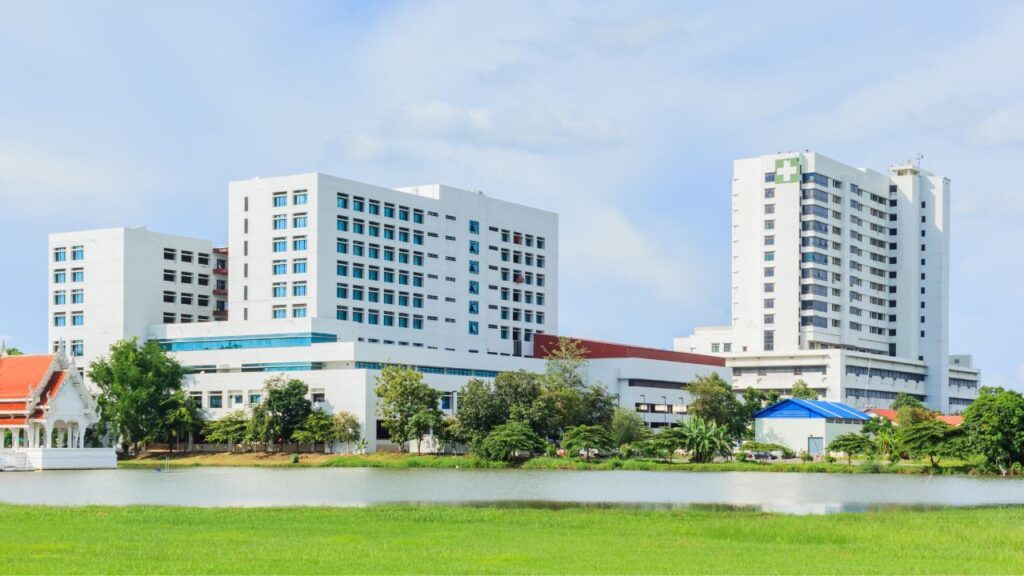
Embracing prefabrication not only contributes to cost savings but also enhances the overall efficiency of the construction process, aligning with the contemporary push towards more streamlined and sustainable construction practices.
Embracing technological advancements in construction practices is instrumental in enhancing efficiency and reducing labor costs during the finishing phase of hospital construction. Technologies such as 3D printing for intricate finishes, digital tools for precise surface preparation, and Building Information Modeling (BIM) for accurate planning contribute to cost-effective and streamlined processes. 3D printing allows for the creation of complex and customized finishes with reduced labor input. Digital tools facilitate meticulous surface preparation, ensuring that finishing materials adhere seamlessly to concrete surfaces, minimizing rework and associated costs. BIM provides a comprehensive digital representation of the project, enhancing coordination and minimizing errors in the planning phase. The integration of these technologies exemplifies a commitment to efficiency and cost-effectiveness in the pursuit of high-quality finishes for hospital spaces.
A collaborative approach involving architects, construction teams, and finishing specialists is pivotal for efficient planning and execution of the finishing phase. Clear communication and a unified vision are paramount in preventing rework and reducing unnecessary costs associated with misunderstandings or design changes. Collaboration ensures that the vision for hospital finishes is translated effectively from design concepts to on-site execution. Architects provide crucial insights into design requirements, construction teams contribute practical considerations, and finishing specialists bring their expertise to the table. This synergy fosters an environment where the entire construction process is streamlined, minimizing costs while delivering finishes that align with the highest standards of quality and functionality. The collaborative approach underscores the significance of teamwork in achieving efficiency and cost-effectiveness in the finishing phase of hospital construction.
The concrete curing and finishing processes are integral to the construction of hospitals, impacting both structural integrity and aesthetic appeal. The article has examined key factors influencing costs, ranging from curing time and finishing complexity to architectural specifications and quality standards.
Cost estimation indicates a range of $5 to $16 or more per square foot for these processes. To optimize costs, the article suggests efficient curing practices, strategic material selection, prefabricated elements, technology integration, and a collaborative approach.
By emphasizing precision, innovation, and teamwork, these strategies offer a comprehensive guide for achieving cost-effectiveness without compromising on quality. This forward-thinking approach ensures that hospitals not only meet stringent standards but also represent a prudent balance between excellence and financial responsibility.
Proper curing ensures that concrete attains its designed strength, contributing to the durability and structural integrity of hospital buildings. It also plays a vital role in creating surfaces that are easily maintainable and adhere to hygiene standards.
The complexity of finishes, from smooth surfaces in sterile areas to decorative finishes in public spaces, introduces challenges that influence labor, material, and specialized expertise costs. Meeting the unique requirements of different hospital areas contributes to the variability in finishing costs.
Unique architectural features, such as curved surfaces or intricate patterns, contribute to the distinctiveness of healthcare structures but may require higher craftsmanship and attention to detail, impacting both labor and material costs. Strategic planning is necessary to manage these costs effectively.
Hospitals must adhere to stringent quality and safety standards, which involve additional testing, inspections, and documentation. While crucial for safety and regulatory approval, these measures contribute to increased costs during the curing and finishing phases.
Optimizing costs involves efficient curing practices, strategic material selection, the incorporation of prefabricated elements, technology integration, and a collaborative approach. These strategies aim to balance quality and budget constraints while ensuring the overall efficiency of the construction process.
Here I am going to share some steps to get your concrete curing and finishing cost for hospital estimate report.
You can send us your plan on info@estimatorflorida.com
Before starting your project, we send you a quote for your service. That quote will have detailed information about your project. Here you will get information about the size, difficulty, complexity and bid date when determining pricing.
Our team will takeoff and estimate your project. When we deliver you’ll receive a PDF and an Excel file of your estimate. We can also offer construction lead generation services for the jobs you’d like to pursue further.

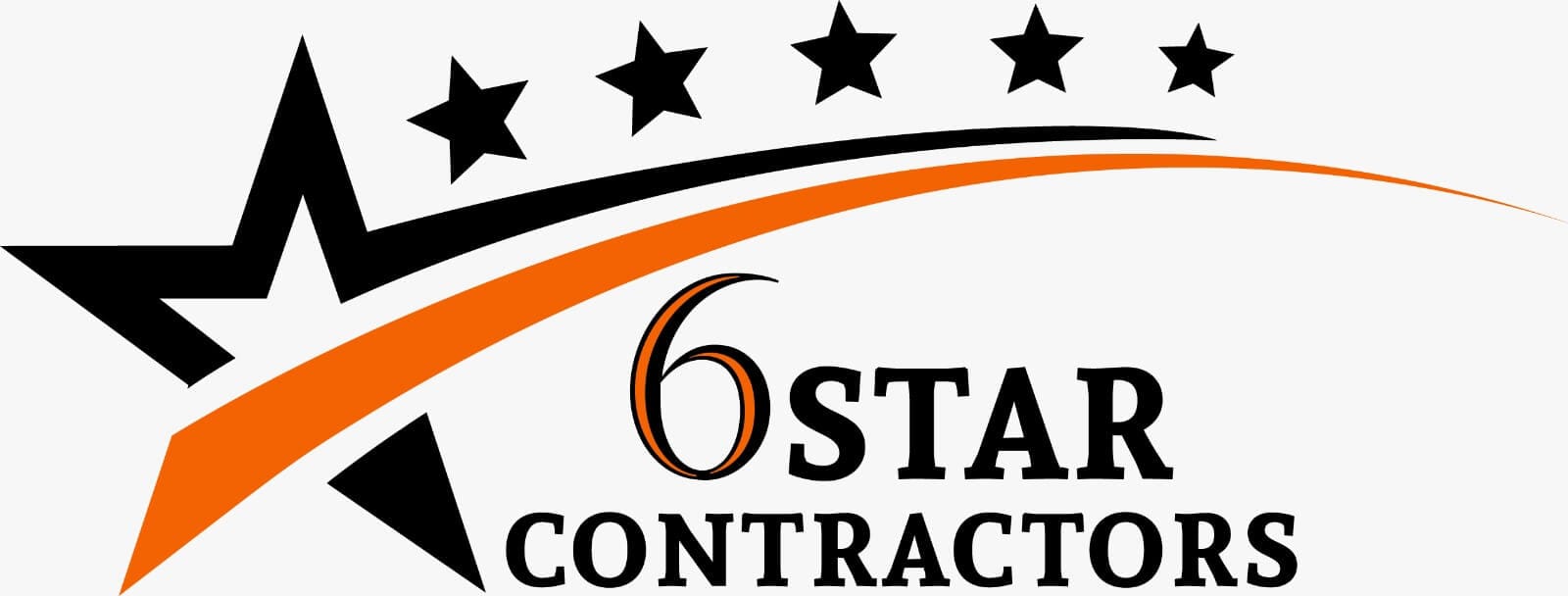

561-530-2845
info@estimatorflorida.com
Address
5245 Wiles Rd Apt 3-102 St. Pete Beach, FL 33073 United States
561-530-2845
info@estimatorflorida.com
Address
5245 Wiles Rd Apt 3-102 St. Pete Beach, FL 33073 United States
All copyright © Reserved | Designed By V Marketing Media | Disclaimer